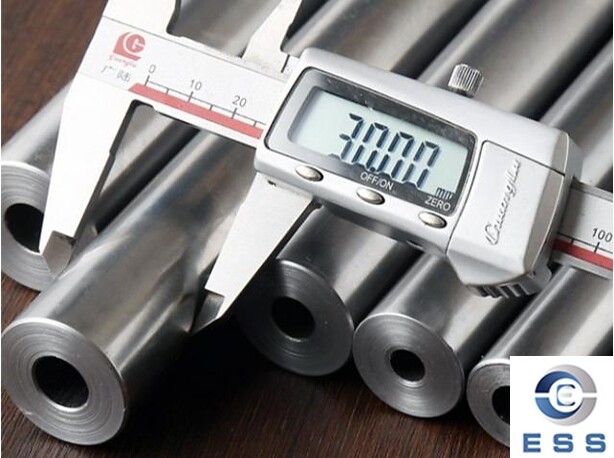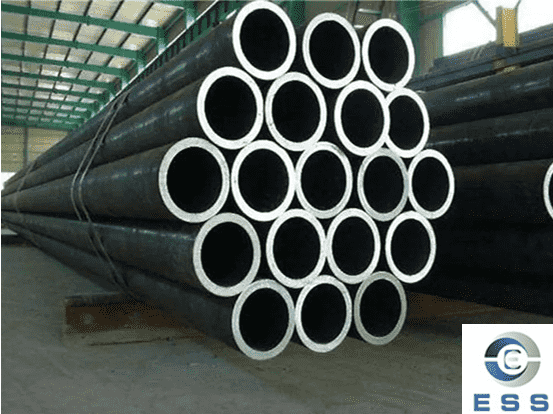
Low-temperature toughness refers to the
ability of materials to resist brittle fracture in low-temperature
environments. For 304 precision
tube, low-temperature toughness is manifested as the ability of the
pipeline to withstand certain external force impact, stretching, bending and
other loads at low temperatures without sudden brittle fracture, and still
maintain a certain plastic deformation capacity.
For 304 precision tubes used in
low-temperature environments, good low-temperature toughness can ensure its
safety and reliability in applications such as liquefied natural gas (LNG)
transportation and low-temperature refrigeration systems. For example, in the
storage and transportation of LNG, pipelines need to work in ultra-low
temperature environments of around -162℃. If the
low-temperature toughness is poor, the pipeline may be brittle, resulting in
LNG leakage and causing serious safety accidents.
So how to improve the low-temperature
toughness of 304 precision tubes?
Chemical composition adjustment
1. Increase nickel content
Nickel is a key element in 304 stainless
steel. Properly increasing the nickel content can expand the austenite phase
region. At low temperatures, stable austenite structure can effectively prevent
crack propagation and improve toughness. For example, appropriately increasing
the nickel content from the standard 8% to 9% - 10% can help enhance the
toughness of 304 precision tubes at low temperatures.
2. Control of impurity elements
Strictly control the content of impurity
elements such as carbon, sulfur, and phosphorus. These impurities are
concentrated at the grain boundaries, which will reduce the grain boundary
bonding force and make the material more brittle at low temperatures. The use
of advanced smelting technologies, such as vacuum induction melting or
electroslag remelting, can effectively reduce the impurity content.
Optimize processing technology
1. Optimize hot processing process
During hot rolling or hot forging,
reasonably control parameters such as processing temperature, deformation
amount, and cooling rate. For example, after hot processing, proper controlled
cooling is performed to avoid excessive organizational stress caused by too
fast cooling. Appropriate hot processing technology can refine the grains and
improve the organizational structure of the material, thereby improving
low-temperature toughness.
2. Combination of cold processing and
annealing
For cold processing of 304 precision tubes,
such as cold drawing or cold rolling, attention should be paid to controlling
the degree of deformation. Excessive cold working will cause work hardening of
the material and reduce toughness. Annealing should be carried out in time
after cold working to eliminate work hardening and internal stress and restore
the toughness of the material. The annealing temperature is generally between
1010-1150℃, and the time depends on the size and
processing of the pipe, usually about 30-60 minutes.
Surface treatment measures
1. Shot peening
Shot peening is performed on the surface of
304 precision tube. The surface compressive stress generated by shot peening
can offset part of the tensile stress generated by thermal shrinkage at low
temperature, inhibit the generation and expansion of cracks, and improve the
low-temperature toughness of the pipe.
2. Surface coating
Apply a suitable coating, such as ceramic
coating or polymer coating. The coating can play an isolating and protective
role, reduce the erosion of the external environment on the pipe, and at the
same time, it can also alleviate the stress concentration of the pipe at low
temperature to a certain extent, thereby improving the low-temperature
toughness.













 Eastern Steel Manufacturing Co.,Ltd not only improve product production and sales services, but also provide additional value-added services. As long as you need, we can complete your specific needs together.
Eastern Steel Manufacturing Co.,Ltd not only improve product production and sales services, but also provide additional value-added services. As long as you need, we can complete your specific needs together.










